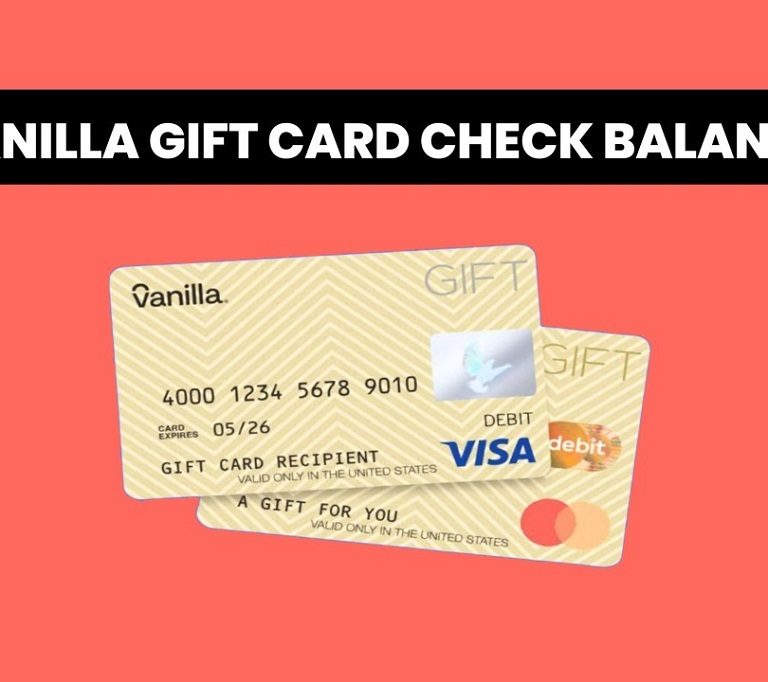Keeping a baby’s tiny hands neat and safe can feel daunting, but learning how to trim a baby’s nails without cutting the skin is a vital skill for every parent. Babies are notorious for having fast-growing nails that can easily become sharp, posing a risk of scratches on their delicate skin. Fortunately, with the right techniques and tools, you can confidently manage your baby’s nail care routine stress-free.
In this guide, we’ll explore everything you need to know, from when to trim your baby’s nails to selecting the best tools and mastering safe methods. For a wealth of other parenting insights, you can always explore Probabyguide.
Why Is Baby Nail Care Important?
Newborns’ nails grow faster than you might think, typically requiring trimming several times a week. However, because their nails are so soft and delicate, they can easily tear or break, leaving sharp edges that can scratch their face or eyes. Moreover, long nails can trap dirt, increasing the risk of infection. Proper nail care not only keeps your baby comfortable but also prevents injuries.
According to the American Academy of Pediatrics (AAP), regular nail care for babies is essential for their health and well-being. This process doesn’t just protect them from accidental scratches but also helps establish a lifelong habit of grooming.
Also, if you’re looking for helpful advice about traveling as a family, check out https://probabyguide.com/traveling-with-an-infant-on-an-international-flight/ for tips for traveling with an infant overseas.
When Should You Trim Your Baby’s Nails?
Newborn nails often require trimming within the first week of life. After that, you’ll notice they grow quickly—sometimes needing a trim every 3–7 days.
The best time to trim your baby’s nails is when they’re calm or asleep. This reduces the likelihood of sudden movements that could lead to accidental cuts.
Many parents find success trimming nails:
- After a warm bath (when nails are softer).
- During nap time.
- While breastfeeding or bottle feeding for extra calmness.
What Tools Do You Need to Trim Baby Nails Safely?
Having the right tools is key to reducing the chances of cutting your baby’s skin while ensuring an efficient trim.
Here are some parent-approved essentials:
- Baby Nail Clippers: Specially designed clippers with rounded edges offer better control and prevent cuts.
- Baby Nail Scissors: These often feature rounded tips and are easier to maneuver for precise cuts.
- Nail Files or Emery Boards: Ideal for gently smoothing edges without sharp tools.
- Electric Nail Trimmers: Battery-operated trimmers are safe, fast, and effective for soft baby nails.
Experts recommend avoiding adult-sized tools, which are far too large and increase the risk of injury.
Step-By-Step Guide to Trim Baby’s Nails Without Cutting the Skin
Step 1: Prepare Your Baby and Yourself
Before starting, make sure both you and your baby are comfortable. Wash your hands to avoid transferring bacteria, and clean your baby’s hands or feet with a damp cloth.
Step 2: Choose the Right Setting
Pick a quiet, well-lit area with no distractions. Using natural light during the day can help you see their tiny nails clearly.
Step 3: Hold Your Baby’s Hand Gently
Firmly but gently hold your baby’s finger or toe to stabilize it. Be mindful not to squeeze too hard, as their tiny bones are still developing.
Step 4: Trim in Small, Controlled Snips
Use your chosen tool to trim just the nail’s edge, following its natural curve. Never cut too close to the skin. For newborns, filing may be safer initially.
Step 5: Smooth the Edges
After trimming, use a baby nail file or emery board to gently smooth out any sharp edges.
Tips to Prevent Cutting Your Baby’s Skin
- Avoid Trimming Too Close to the Skin: Leave a small margin of nail to avoid nipping the delicate skin underneath.
- Use the Right Angle: Cut straight across or follow the natural curve of the nail.
- Take Breaks if Necessary: If your baby becomes restless, pause and try again later.
- Choose Rounded Tools: Opt for clippers or scissors with rounded edges to prevent injuries.
What to Do if You Accidentally Cut Your Baby’s Skin
If an accident happens, don’t panic—it’s more common than you think.
Follow these steps:
- Gently clean the cut with warm water and mild soap.
- Apply slight pressure with a clean cloth to stop any bleeding.
- Use a baby-safe antiseptic cream to prevent infection.
- Keep an eye on the wound; if it doesn’t heal within a few days, consult a pediatrician.
Related: Baby shakes head side to side: Is it good or bad?
How to Build Confidence While Trimming Baby’s Nails
The first few times you trim your baby’s nails might feel nerve-wracking.
To boost your confidence:
- Watch tutorial videos from reputable parenting sites.
- Practice using baby-safe tools on yourself to get a feel for them.
- Start with filing if you’re too nervous to use clippers or scissors right away.
Common Challenges Parents Face and How to Overcome Them
Dealing with Wriggly Babies
Babies are naturally curious and tend to wiggle. Distract them with a favorite toy or soothing music during the trimming process.
Fear of Injury
It’s natural to feel hesitant about trimming such tiny nails. Regular practice and investing in high-quality baby grooming tools can help ease your anxiety.
Uneven or Jagged Nails
If the nails don’t look smooth after cutting, use an emery board to file down the edges gradually.
Frequently Asked Questions
How often should I trim my baby’s nails?
Trim your baby’s nails every 3–7 days or as needed. Toenails usually grow more slowly and may only need trimming once every two weeks.
Can I bite my baby’s nails instead of trimming them?
No, it’s not recommended. Biting can introduce bacteria to your baby’s nails and skin, increasing the risk of infection.
Should I trim nails while my baby is awake or asleep?
Both options work, but trimming during sleep or while feeding can make the process smoother as the baby is more relaxed.
Related: 5 Best Fabrics for Newborn Clothing
What’s the safest nail-trimming method for newborns?
Filing the nails is the safest option for newborns as their nails are very soft and pliable.
What happens if my baby scratches themselves?
Clean the scratch with warm water and apply a baby-safe antiseptic. Cover the scratch with a bandage if necessary to prevent further irritation.
Is there a specific time of day that’s best for nail trimming?
Trimming after a warm bath is ideal because nails are softer and easier to manage.
Conclusion
Mastering how to trim a baby’s nails without cutting the skin may feel overwhelming initially, but with practice and patience, it becomes a manageable part of your routine. By using the right tools, preparing your baby, and following safety tips, you can make the process seamless and stress-free.

















+ There are no comments
Add yours